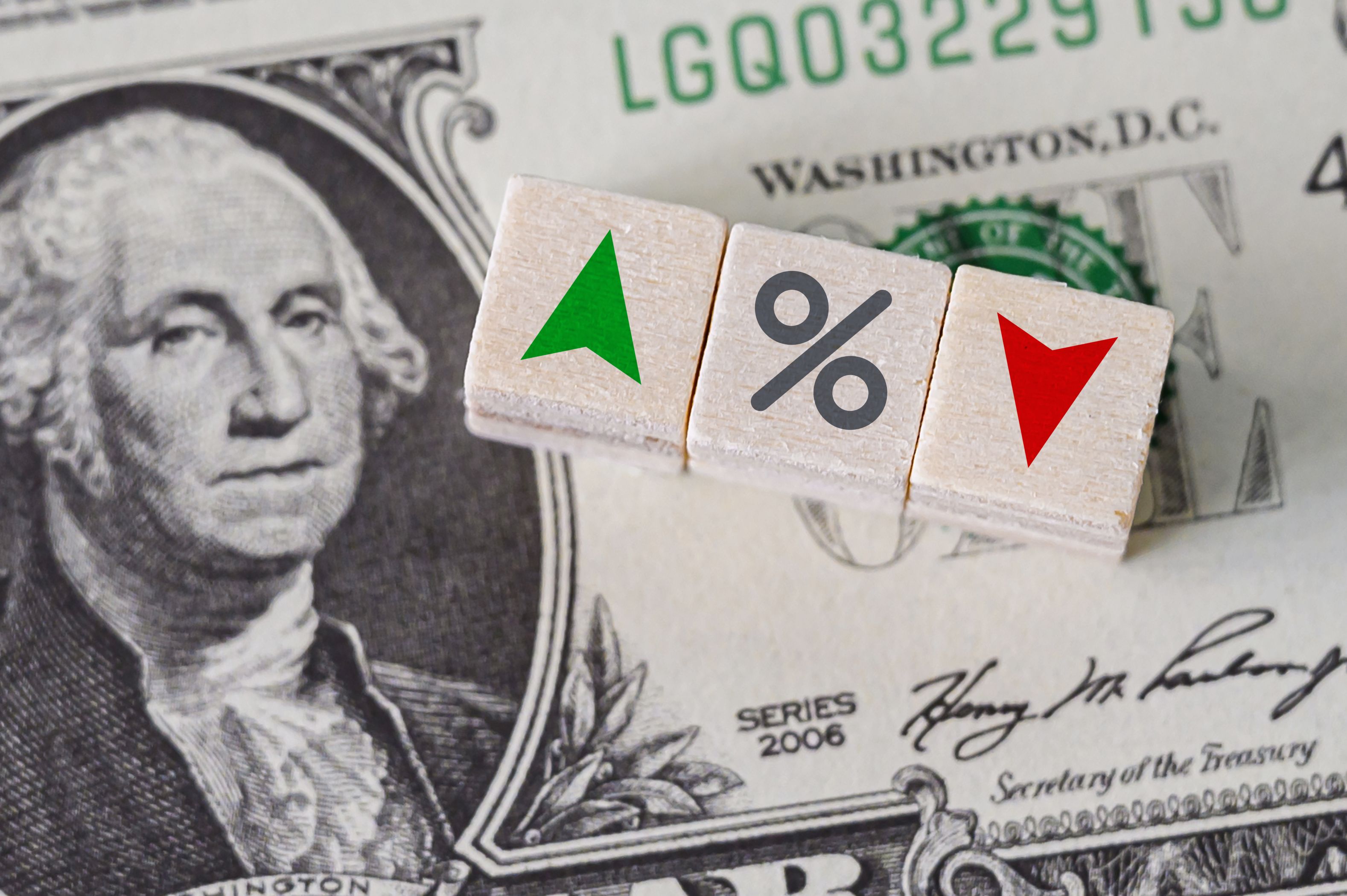Asian societies and economies are profoundly vulnerable to climate risk and the need for adaptation and mitigation at the corporate level in the region is paramount as countries race to meet the Paris climate accord and the United Nations’ Sustainable Development Goals (SDGs).
In the face of increasing average temperatures, extreme precipitation, hurricanes, typhoons, drought and the overwhelming threats to regional water supplies, companies in Asia-Pacific are under increasing pressure to quantify the risks they face and to address them.
Hong Kong-based Intensel is leading the race to find solutions in a region where the participation of businesses in a bid to meet the Paris targets and SDGs is crucial as governments move to tighten policy with the aim of meeting these targets.
The risk to the region’s companies and the investors exposed to them is physical, operational and regulatory, and they are fast waking up to this reality and the need for brisk action.
“With increasing regulation related to climate risk disclosure, APAC government bodies, corporates and investors exposed to the region are profoundly cognizant of the need for stringently quantifiable measures to mitigate climate risk,” says Entela Benz, founder and chief executive officer of Intensel and adjunct associate professor at the Department of Finance of the HKUST Business School.
“By 2025, listed companies in most developed countries will be asked to report on climate risk. The process has already started for the biggest financial institutions where these risks are significantly aggregated.”
Disorderly policy response
In 2023, countries under the Paris agreement will submit their third round of climate pledges following the Global Stocktake, which will elaborate on how close the world is to meeting the agreement’s 1.5°C target.
Economists at UK-based think tank the Inevitable Policy Response predict this will unleash a seismic, abrupt and disorderly policy response between 2023 and 2025, causing significant economic disruption and the repricing of financial markets – already battered by rising global inflation and Federal Reserve interest rate tightening. It behoves companies and investors to prepare for these radical policy decisions and their implementation.
The pressing requirement is for a mechanism that is able both to measure and translate climate risk into financial risk. While such enablers exist in the United States and Europe, Intensel is the first within APAC to rise to this challenge.
And a steep challenge it is indeed in a region where relevant climate change-related data are less easy to come by than in the West. But the provision of real-time big climate data is improving in the region.
“Intensel’s proprietary climate analytics provides portfolio and asset-level analysis to enable climate-informed risk mitigation and capital allocation decisions. Applying dynamic climate modelling, Intensel incorporates future climate scenarios over multiple time horizons to understand acute and chronic hazard exposure. This is layered with socio-economic data to model asset vulnerabilities and then converted into financial value-at-risk (VaR), a dollar total,” says Benz.
Walking the walk
The company reports along RCP (Representative Concentration Pathway) 8.5 assumptions, which produce climate change forecasts based on a “business as usual” regulatory backdrop – wherein no policy action is taken to address climate change – as well as RCP2.6 which maps 2°C warming against a concerted regulatory backdrop.
“The difference between these two scenarios is what we call the value of the transition risk – that is the benefit produced by decarbonization policies,” says Benz. “At the first analytic point, it allows asset owners to assess financial climate risk at the portfolio level, across various scenarios and time horizons. For a deeper dive, they can assess the assets bearing most of the risks.”
A clear example provided by Benz is the Hong Kong real estate investment trust sector which research firm Geophy placed at the highest level of risk to coastal flooding in the city state – some 25% of Sun Hung Kai Properties’ builds (amounting to US$56 billion) are classified as high risk.
As Asian governments try to align their taxonomies with the rigorous European Union Green Taxonomy and Sustainable Finance Taxonomy, companies within the region will no longer be able to just “talk the talk” on climate change but must walk the walk. Stringent external party metric input will move to front and centre of this new dynamic.
“Intensel’s rigorous methodology remains consistent and adaptable to new datasets, allowing all modelling and output to be globally scalable, while standardized and inter-regionally comparable, using cloud-based technology to deliver real-time, granular climate risk analytics,” says Benz. “Climate risk is a real risk, but it also offers immense opportunities – those who possess the data and information will come out on top.”









